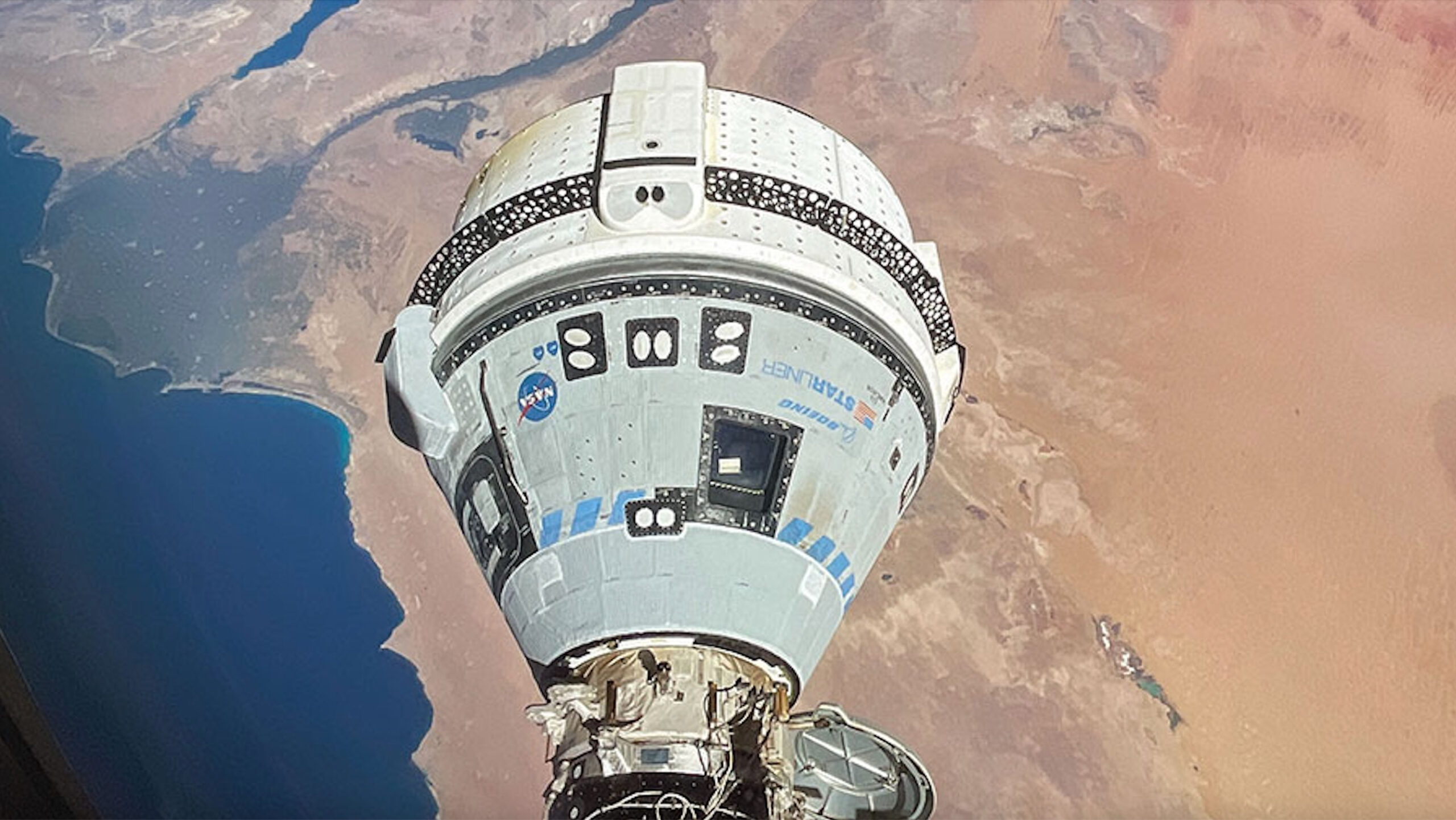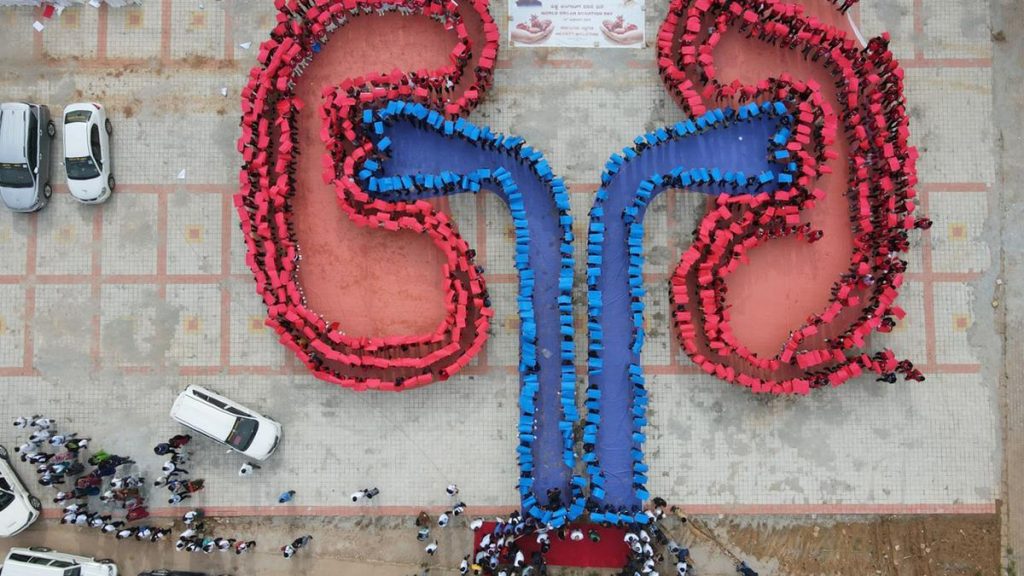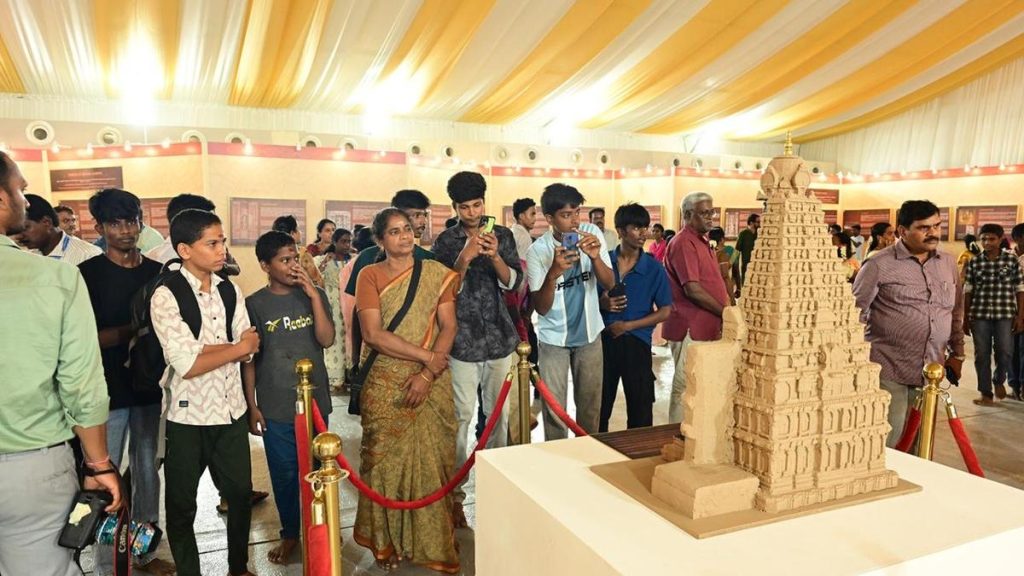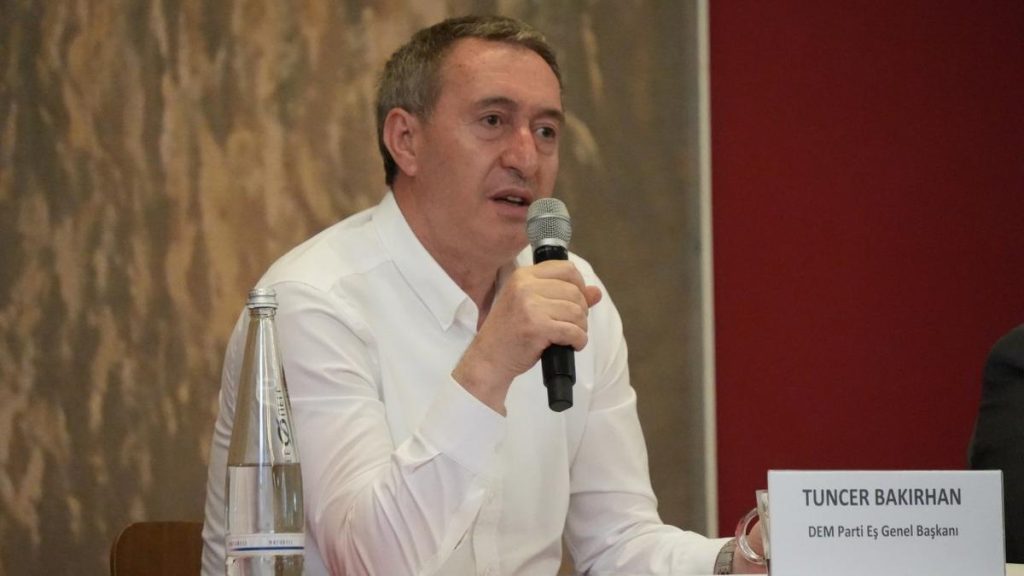Now Reading: Starliner Astronauts Express Confidence in Boeing Craft Despite Past Issues
-
01
Starliner Astronauts Express Confidence in Boeing Craft Despite Past Issues
Starliner Astronauts Express Confidence in Boeing Craft Despite Past Issues

Swift Summary:
- NASA astronauts Suni Williams and Butch Wilmore participated in the first crewed flight of Boeing’s Starliner capsule, the Crew Flight Test (CFT), launched in June 2024.
- Issues with the spacecraft’s thrusters extended thier planned eight-day mission on the International Space Station to nine months.
- NASA decided to return Starliner to Earth without crew after assessing technical problems. The astronauts were reassigned to SpaceX’s Crew Dragon mission, which successfully returned them by February 2025.
- During a press conference on March 31 at NASA’s Johnson Space Center, both astronauts expressed willingness to fly with Starliner again, citing confidence in its unique capabilities and future improvements.
- They acknowledged technical flaws and stated that rectification plans are a priority for Boeing and NASA.
- The extended mission was described as part of contingency planning rather than abandonment as speculated by some political figures.
- Wilmore highlighted Starliner’s manual control capability compared to Crew Dragon’s autonomous features but admitted critical systems still require fixes.
!NASA’s Crew Test Flight: Boeing’s Starliner capsule seen docked at ISS
Image Credit: NASA
!Crew-9 Astronauts aboard ISS
Image Credit: NASA
Indian Opinion Analysis:
The challenges faced during Boeing’s Starliner maiden astronaut flight underscore complexities inherent in emerging commercial space initiatives. While both Williams and Wilmore affirmed continued commitment toward refining this program, broader implications arise for global space exploration partnerships-including india’s growing interest in establishing commercial collaborations for Gaganyaan or similar projects. Despite setbacks, maintaining dual spacecraft options like Starliner alongside SpaceX is essential for resilience within crew transportation frameworks.
India can closely monitor lessons learned from this episode-technical robustness must align with contingency planning amidst geopolitical narratives or potential disruptions. If prosperous modifications rejuvenate faith in vehicles like Starliner, it could create opportunities for cost-effective international programs tailored toward expanding India-led human exploration missions.
Read More: Space.com Article Link
























